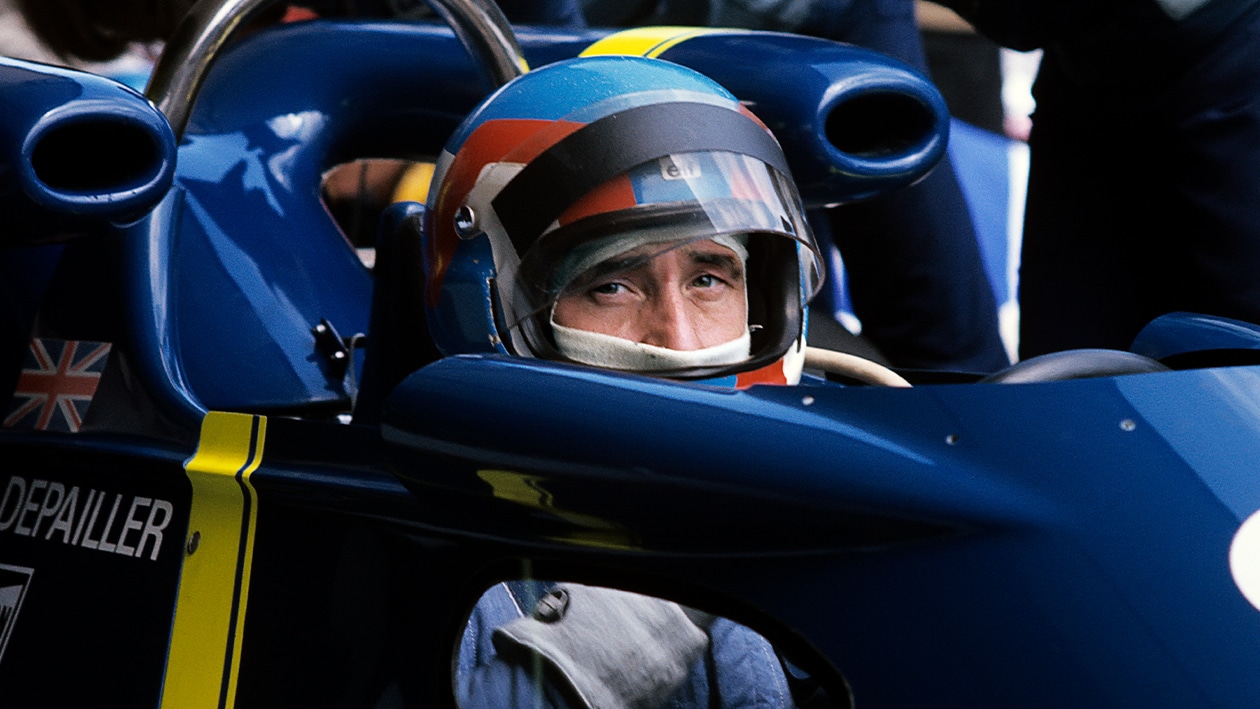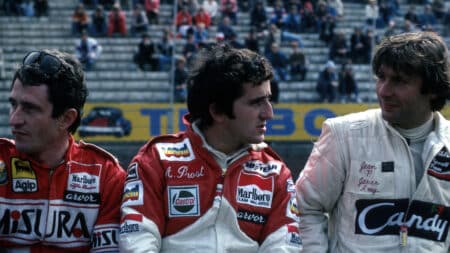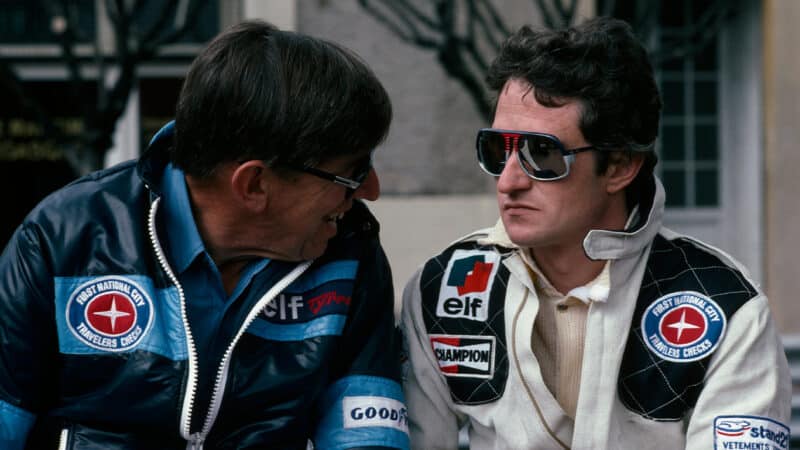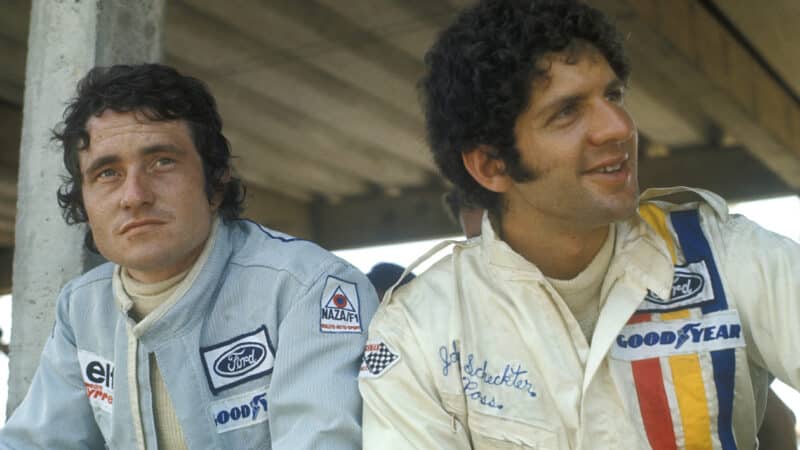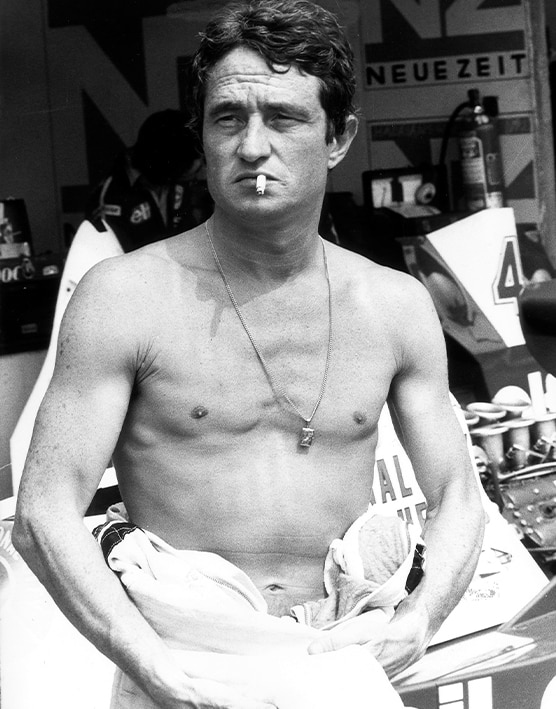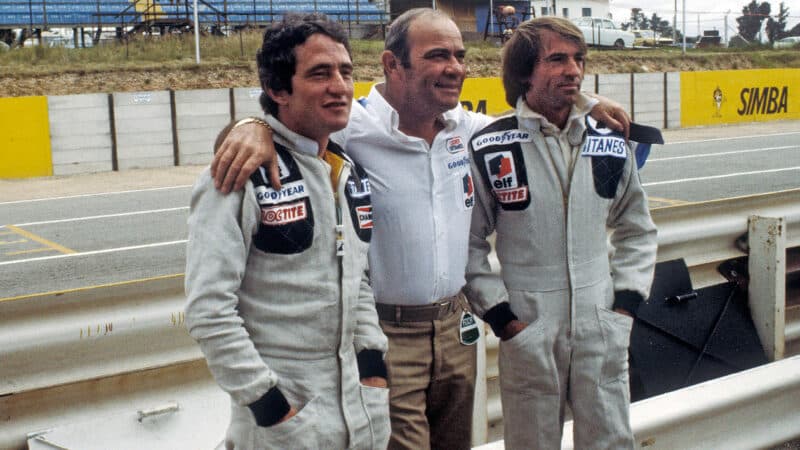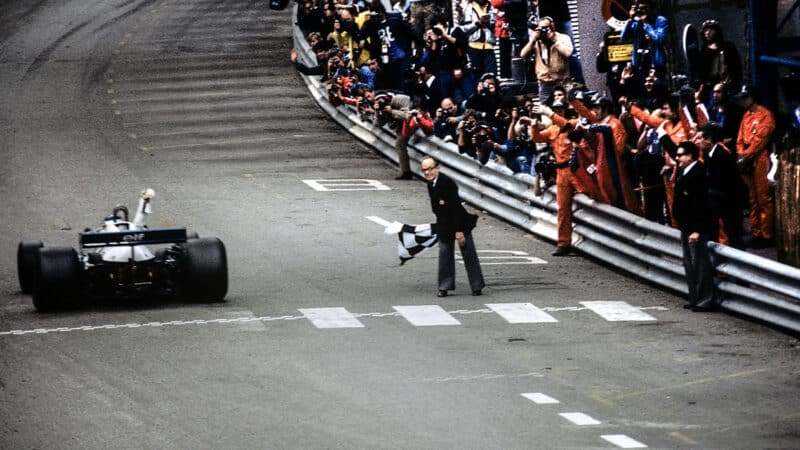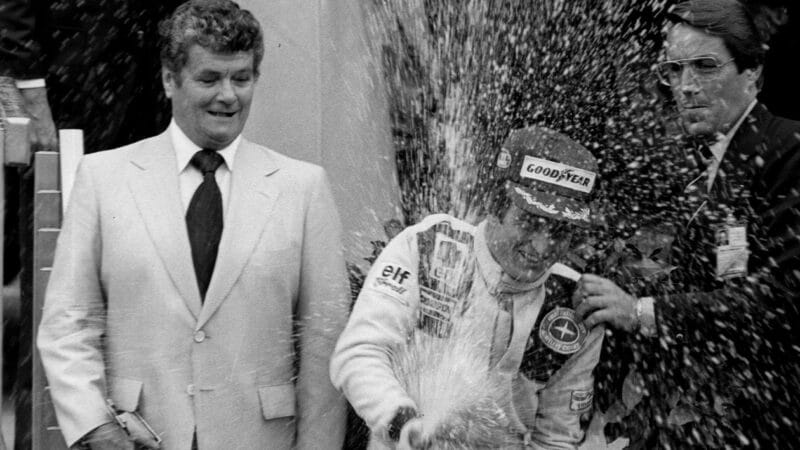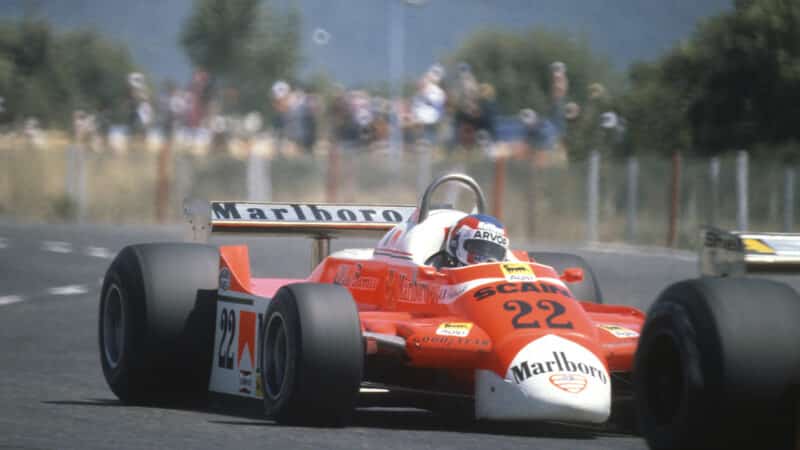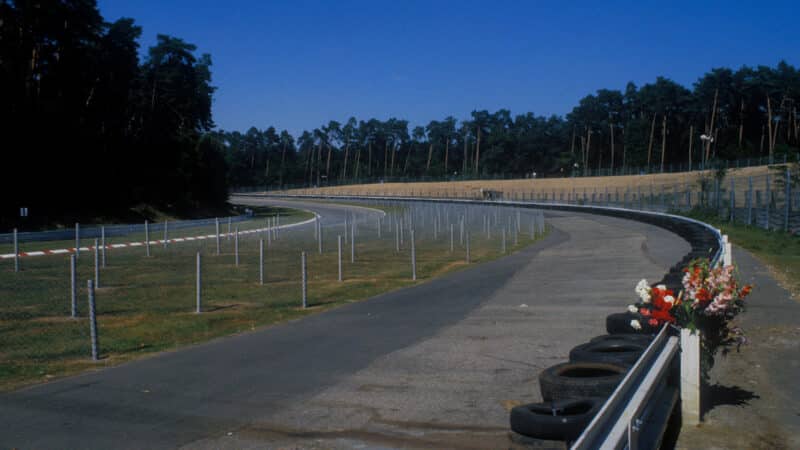What he wanted to do didn’t much involve school. Although it wasn’t realised at the time, this may have had something to do with an eye problem, as Chantal recalls: “Academically, he wasn’t at all strong but it wasn’t until he was 11 or 12 that the doctor discovered a problem. He had to wear glasses for a while and eventually it corrected itself. But by then he found it very difficult to catch up at school.” He was also red/green colour-blind.
But at 16 he was far from blind to the charms of a particular girl, Huop, who walked past his house each day on her way to school. “He was a friend of a friend,” she recalls, “and I got to know him. We discovered we had the same birthday, 9th August, 1944.” They became boyfriend and girlfriend and, in later years, husband and wife.
But Huop had to share him to another enthusiasm — motorbikes. This was undoubtedly intensified by the presence of the Clermont-Ferrand race track nearby. Ray recalls that in his teens, “he had a small moped and later he got a bigger motorbike and would modify the engine in a small garage with the house. He was crazy on it but very good. There was a corner of the track that was part of the public road that he would ride through repeatedly.” From there it was but a short step to race for real on the full track, though this was a secret not to be shared with Depailler père et mère.
“He started racing properly with a Norton Manx 500,” Ray remembers. “He was a fine rider, very sensitive in the wet, and he got very good results for what was an ordinary bike. He could have made a career from it for sure. But he was very shy and it was difficult for him to ask for anything, which was a weakness.”
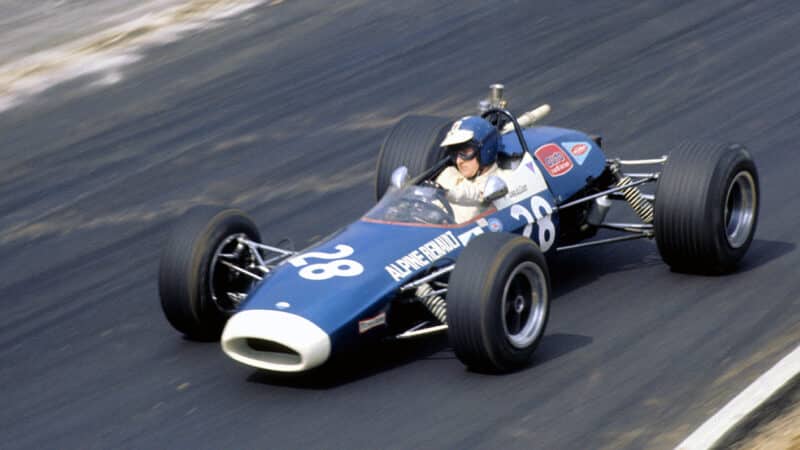
After a shaky start in F3, Depailler’s courage shone through
DPPI
It might have proved an insurmountable one had it not been for a spectating Jean-Pierre Beltoise at a Montlhéry race in 1964. A bike racer himself, he had recently graduated to cars but injured himself in the Reims 12 hour race. He couldn’t help but notice how well the guy on the unsuitable Norton was going: “I went to seek him out,” says Beltoise, further impressed by Depailler when he learned that they shared the same hero, Jean Behra, a bike racer who had gone on to become France’s finest F1 driver in the ’50s. “I told him that he really needed to give himself a fair chance with a better bike. I offered to lend him my bike, a Bultaco, as I couldn’t use it because of my injuries.” Depailler didn’t need to be asked twice.
“He was the one guy who I thought, ‘Christ, he’s frightening me to death.’”
After three races on Beltoise’s bike in ’64 and ’65, Jean-Pierre then suggested that Patrick too should consider cars and try his hand at the new racing school at Clermont. As the course required money, this entailed finally bringing Depailler’s parents up to date with his sporting activities. Beltoise was brought along to assure them their boy had talent and that he should pursue it further. “Naturally, they were not exactly thrilled,” says Beltoise, “but they couldn’t do anything against his determination.” Reluctantly they relented and Patrick entered the 1966 Volant Shell, with a fully paid drive in F3 on offer for the most promising pupil.
Mike Knight was in charge of operations and remembers his first impressions: “I was standing on the inside of the quickest corner of the circuit. He was the one guy who I thought, ‘Christ, he’s frightening me to death.’ Whatever line he would try, he was always flat, but there is only one line through that corner. He was extremely brave, but he made me nervous. You just got the feeling that he was driving as hard as he possibly could all the bloody time. I didn’t think he was monumentally gifted, just quick and brave.” The will and the passion were standing him in good stead. He finished runner-up in the competition to Francois Cevert.
It helped give him the necessary credibility to get a seat with Alpine in F3, a deal that was again massaged by Beltoise. At Monaco, Knight, who was also racing in the F3 event, saw first hand that for all Depailler’s bravery, there was still a boy at the core: “He was struggling in practice — it was a big jump for him in that first year — and a few guys came to me asking that I have a word with him because he wasn’t watching his mirrors. I said to him, ‘Patrick, it is not acceptable,’ and I remember thinking then ‘God, he’s really upset by this.’ You didn’t feel you were dealing with a 100% fully developed adult. He possibly wasn’t all that aware of things around him, which is slightly child-like, and when you went at him he just went very quiet; he never fired back.”
Tyrrell designer Derek Gardner confirms that the trait was still there even when Depailler was fighting it out on the F1 circuits of the world: “If you tried to berate him for an excursion or whatever, his defence was to just retreat into himself and that was it, you just couldn’t get to him there.”
